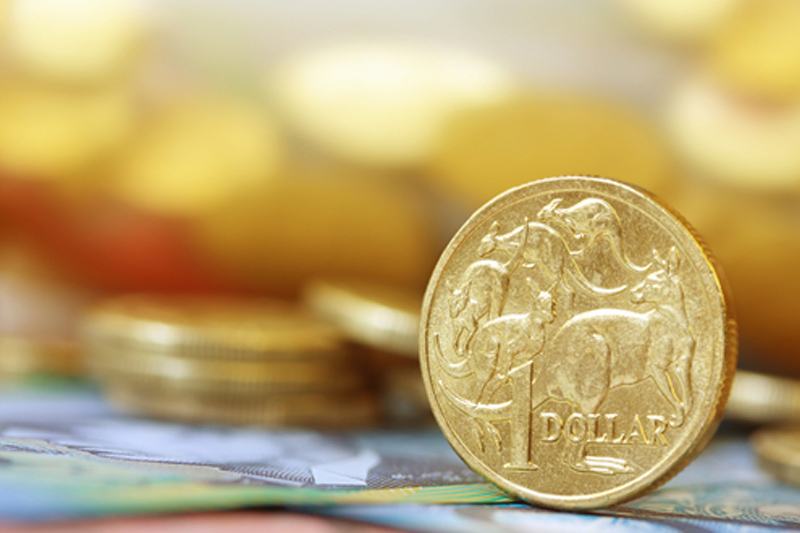Investing.com - The Australian dollar fell to two-and-a-half week lows against its U.S. counterpart on Thursday, weighed by data showing that Australian private capital expenditure declined more than expected in the last quarter.
AUD/USD hit 0.8917 during late Asian trade, the pair's lowest since February 10; the pair subsequently consolidated at 0.8909, retreating 0.65%.
The pair was likely to find support at 0.8788, the low of January 22 and resistance at 0.9049, the high of February 24.
Official data showed that Australian private capital expenditure declined by 5.2% in the fourth quarter, compared to expectations for a 1% fall. Private capital expenditure in the three months to September was revised to a 2.6% from a previously estimated 3.6% increase.
Meanwhile, the greenback remained supported after the Commerce Department reported Wednesday that new home sales rose to their highest level since July 2008 in January. Sales of new homes climbed 9.6% last month to 468,000, compared to expectations for a 1% decline, while sales in December were revised upward.
The data came after a recent series of disappointing U.S. economic reports raised doubts over the strength of the recovery.
The Aussie was also lower against the New Zealand dollar, with AUD/NZD sliding 0.79% to 1.0701.
Also Thursday, official data showed that New Zealand's trade surplus narrowed less-than-expected to NZ$306 million in January, from NZ$493 million the previous month, whose figure was revised down from a previously estimated surplus of NZ$523 million.
Analysts had expected the trade surplus to narrow to NZ$230 million last month.
Later in the day, the U.S. was to release data on durable goods orders and the weekly report on initial jobless claims.
